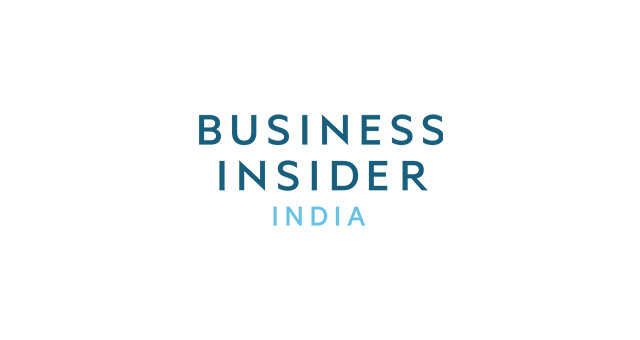
- Belgian company Materialise developed a design that can be 3D printed and help patients breath to alleviate the ventilator shortage.
- The coronavirus outbreak has now infected more than a million people.
- The world is facing a global shortage of ventilators, and companies including GE and Ford have shifted production over to making more.
- Visit Business Insider's homepage for more stories.
As the novel coronavirus disease, COVID-19, continues to spread worldwide, healthcare workers are facing a shortage of supplies, including ventilators, protective face masks, and gloves,
Belgian company Materialise designed a 3D printed oxygen mask that can reduce time patients are connected to mechanical ventilators. The 3D printed piece is a connector that hooks up to masks already in use in most hospitals to deliver oxygen and pressure to the lungs without the use of a mechanical ventilator.
The company has been working on other 3D printed designs that can mitigate the spread of COVID-19, like a handsfree door handle attachment to minimize contact with surfaces that could carry the virus. It gave the design away for free online and encouraged anyone with 3D printing capabilities to create more or tweak it for other circumstances.
The oxygen mask is in trials and in the process of being allowed by regulators in Europe and the US. Materialise expects to have the design available for hospitals sometime in April. Here's how the 3D printed oxygen mask works.
Do you have a personal experience with the coronavirus you'd like to share? Or a tip on how your town or community is handling the pandemic? Please email covidtips@businessinsider.com and tell us your story.
Get the latest coronavirus business & economic impact analysis from Business Insider Intelligence on how COVID-19 is affecting industries.
 Internet of Things (IoT) Applications
Internet of Things (IoT) Applications
 10 Ultimate road trip routes in India for 2024
10 Ultimate road trip routes in India for 2024
 Global stocks rally even as Sensex, Nifty fall sharply on Friday
Global stocks rally even as Sensex, Nifty fall sharply on Friday
 In second consecutive week of decline, forex kitty drops $2.28 bn to $640.33 bn
In second consecutive week of decline, forex kitty drops $2.28 bn to $640.33 bn
 SBI Life Q4 profit rises 4% to ₹811 crore
SBI Life Q4 profit rises 4% to ₹811 crore




 Next Story
Next Story


